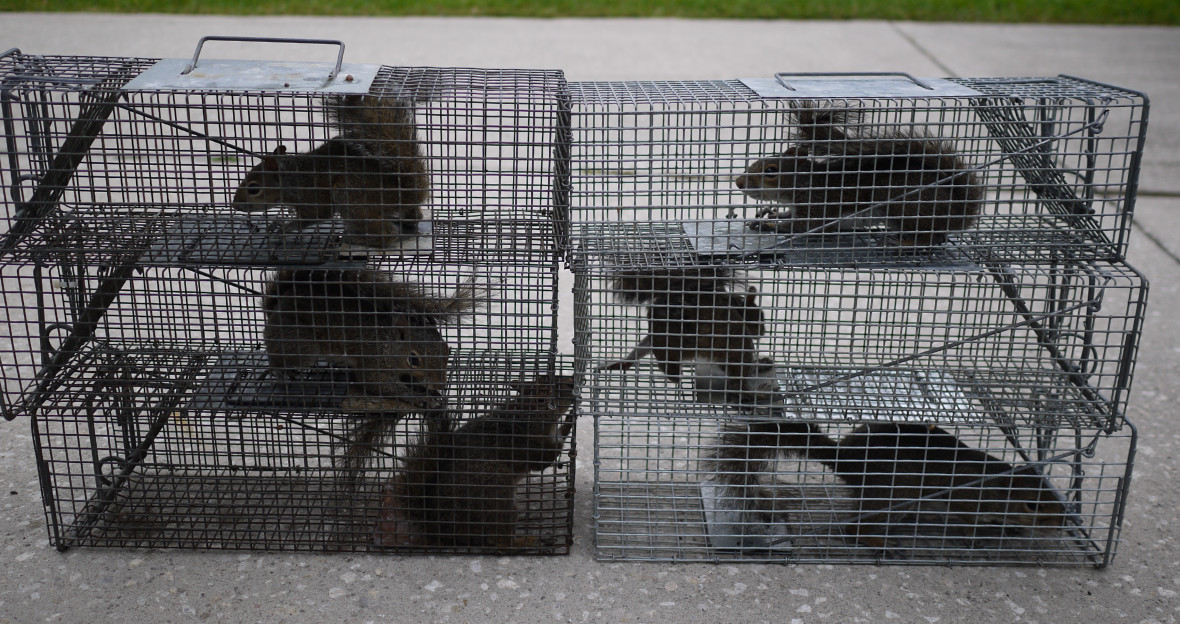- info@Hackensackanimalattic.com
Call 24/7 for a free quote:
201-877-4216

Attic Animal Pest Hackensack
We are Hackensack Animal Attic, a full service wildlife removal company servicing Hackensack, NJ. Whatever your wild animal problem, we are your first point of contact and have technicians to cover the whole county area when it comes to removing problem animals. Our business operates on the principle that we will treat you as we want to be treated when dealing with other companies – always with respect and courtesy. Our telephone advisers are knowledgeable, and can give you free initial advice when you first find signs of animal activity, and can also give you an idea of the cost of our services, while also being able to arrange for a technician to visit your property. Different parts of the property can be affected by different animal species, with the attic or loft space being particularly vulnerable, so our technicians are experts at identifying the species so they can devise an appropriate solution. Another of our principles is that we deal with animals efficiently and humanely, so we don’t use the poisons that can be messy and cause further issues around your property. Having dealt with the pest animals, we can also repair any damage that they have caused and clean up your property, along with sanitizing it to kill any bacteria or diseases left by the animals. Call us now at 201-877-4216 for a solution to your wild animal problem.
About Pest Animal Hackensack and Our Services:
Nuisance wildlife trapping and removal.
We repair wildlife damage and prevent re-entry.
Specializing in wildlife only - no poisons.
Licensed and insured in New Jersey
Poison-free Hackensack rodent control - rats and mice.
Hackensack raccoon removal and skunk removal.
Complete removal of squirrels in the attic
Call 24/7 to schedule an appointment
Our Service Range

Our Service Range
Paramus, Hackensack, Fort Lee, Teaneck, Ridgewood, Englewood, Fair Lawn, Mahwah, Bergenfield, Wyckoff, Ramsey, Tenafly, Westwood, Lyndhurst, Garfield, Edgewater, Lodi, Montvale, Township of Washington, Rutherford, Cliffside Park, Closter, Dumont, Elmwood Park, Saddle Brook, Oradell, Glen Rock, Palisades Park, Teterboro, Franklin Lakes, Old Tappan, Hillsdale, Emerson, East Rutherford, Waldwick, New Milford, Oakland, Maywood, Rochelle Park, Allendale, River Edge, Hasbrouck Heights, Alpine, Woodcliff Lake, Little Ferry, Saddle River, North Arlington, Ridgefield Park, Ridgefield, Park Ridge, Upper Saddle River, and more.Hackensack Wildlife Removal Tip of the Month: Where to Relocate a Trapped Rodent
Relocating the animal is often treated as inhumane. This is since the animal that is being relocated will have a lower chance of survival. You are forcibly introducing them to an unfamiliar place. They will find it hard to look for a food and water source. They also need to constantly protect themselves from the threat of the predator. The wild environment will expose them to health risks.

Where Should You Relocate a Trapped Hackensack Rodent
Once you captured the rodent, you have the option to euthanize or release them. The goal of capturing the animal is not to exterminate them but to exclude them from our property. By preventing them from returning to your property, you will be finding a way to co-exist with them.
Capturing the Rodent
If you have been facing a full-blown infestation, it is important to capture as many as you can before releasing them. When capturing them, you need to be aware on the various health risks related with the rodent infestation. They can also contaminate your food and water source. After capturing them, you need to know how they are getting inside the house. By sealing their access point, you will be able to prevent them from returning to your house. Seal the holes with galvanized metal that will be highly resistant against the persistent chewing of the Hackensack rodents.
Releasing Them
The best place to release them is outside of your house. In some areas, you will not be allowed to release them away from the place where you captured them since this can lead to different problems. For instance, you can introduce new diseases, or they can cause new infestation in a place where you release them. Releasing them within their territory will greatly increase their chance of survival. They are well-aware about the terrain and they know where to hide. They also know where to hunt for food.
Additional Tips When Releasing the New Jersey Rodent
You need to consider the type of trap that you are using. It should allow you to open the door effortlessly to ensure that you can easily release them. It should have enough room that will facilitate the release of the rodent. The rats are nocturnal creatures. If possible, release them at night when they are mostly active. It should also be when the weather is good. They are warm-blooded creatures. Therefore, the temperature should never be below 4-degreees.
Be sure that the place where you will release them will offer them plenty of option to hide themselves. The primary reason why most rodents will not survive when you release them is due to the cold weather. Before you relocate the creature, try to move the cage trap close to the outdoor. This will enable the rodent to become accustomed to its new environment. Be sure that there are also enough shades in the place where you will release them to protect them from the unforgiving heat of the sun. By following these tips, you will be able to increase their chance of survival.

